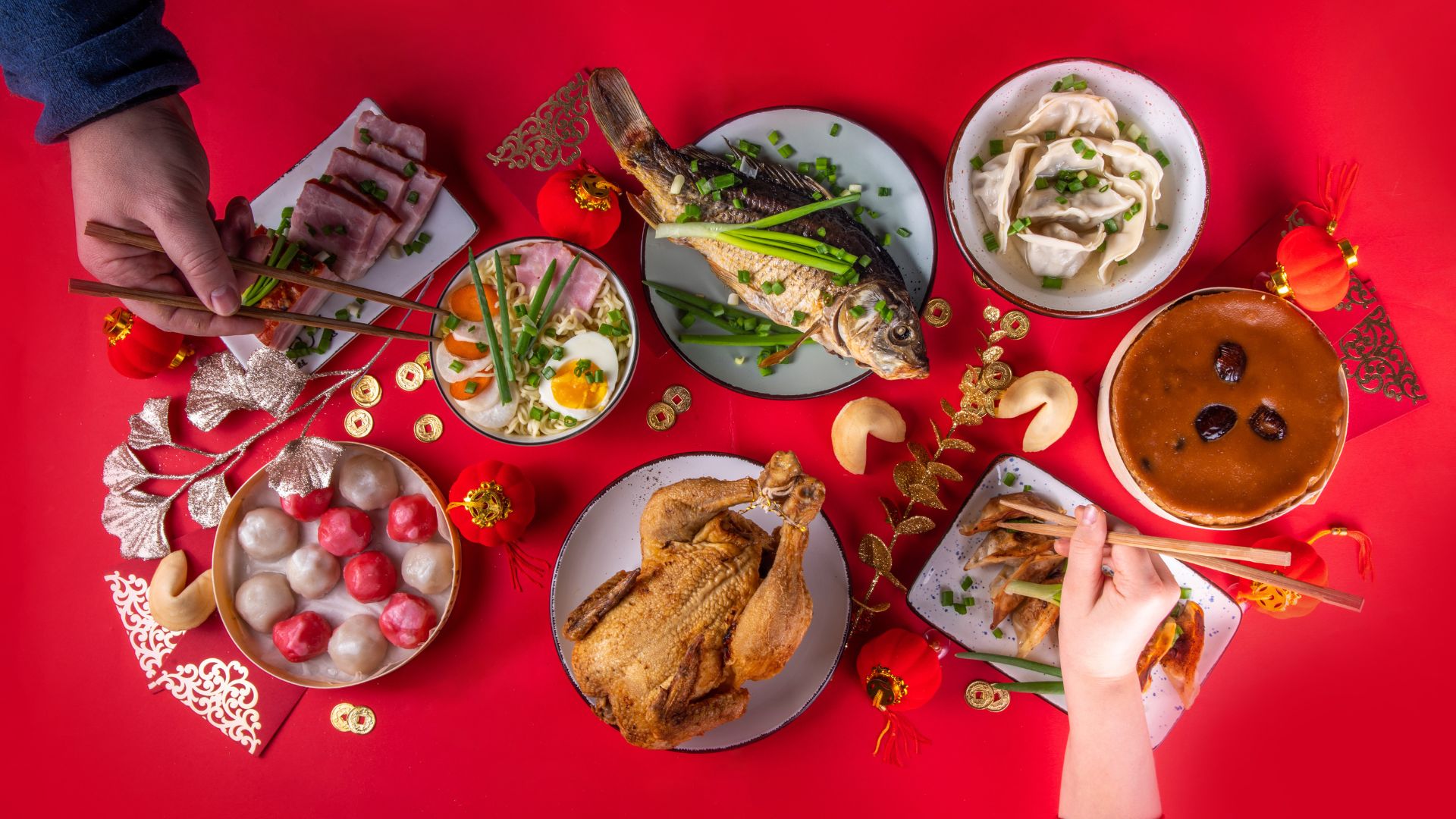As the clock strikes twelve on New Year’s Eve, people across the globe partake in a myriad of traditions, many of which involve food. These culinary customs, steeped in history and culture, aren’t just about indulgence; they’re believed to bring good fortune for the year ahead.
New Year’s Food Traditions Around the World
Beloved traditions herald the New Year, laden with symbolic foods promising prosperity and longevity. Treats and meals, decidedly delicious and meaningful, permeate cultures across the globe, bringing people together in delightful, well-rooted practices.
A Journey Through Time-Honored New Year’s Dishes
Embarking on a culinary journey, let’s unravel some of the most time-honored New Year’s dishes.
- Savory toshikoshi soba, ubiquitous in Japanese households, symbolizes longevity. Traditionally served on New Year’s Eve, this buckwheat noodle dish, with its lengthy strands, embodies wishes for a long and healthy life.
- Spain’s fun-filled 12-grape challenge has participants eating a grape with each bell strike at midnight. Symbolizing good luck for each month of the upcoming year, it’s an engaging tradition within the Spanish community.
- Italy brings in the New Year with a heaping dish of lentils, believed to bring wealth. The lentil’s round, coin-like shape signifies prosperity, making it a popular New Year’s Day feast.
- In Greece, a sweet bread called Vasilopita baked with a hidden coin brings a festive flair. Found by slicing it at midnight, this coin promises good fortune to its recipient for the year ahead.
Through these dishes, one sees reflection of cultural histories, shared hopes, and communal aspirations. They embody a delightful tapestry of customs and beliefs carried through generations.
The Symbolism Behind Festive Eats
Every festive edible holds deep-rooted symbolism, innately bridging the past and the future. They carry cultural weight, social significance, and individual hopes, packaged in palatable traditions relished at New Year celebrations worldwide.
- Longevity, a universal aspiration, finds representation in the long strands of toshikoshi soba and Denmark’s Kransekage cake. The cake’s tall, tower-like design embeds wishes for a prosperous, healthy future.
- Prosperity appears as a key theme too. The round lentils in Italy and ring-shaped pastries in many countries, like the Dutch Oliebollen, embody prosperity and the continuity of life.
- Good luck, another popular theme, finds expression in Spain’s grape-eating tradition and inside Greece’s Vasilopita bread. Each grape and the hidden coin bear excitement and anticipation for a fortuitous year ahead.
Lucky Foods for a Prosperous New Year
The turning of the year invites age-old customs, further accentuated by the mouthfuls of luck tucked into traditional dishes. These recipes not only treat your taste buds but also prepare you for a prosperous year ahead.
Legumes and Lentils: Tiny Tokens of Good Fortune
The promise of prosperity and wealth is often encapsulated in small, coin-like food items, with legumes and lentils being favored by many cultures. It’s a belief upheld in Italy, where lentils signify luck in financial matters. Lentils, being coin-shaped, signify rising wealth, symbolizing a prosperous year ahead. Italians often celebrate the first day of the new year with a lentil dish, Cotechino con Lenticchie, a rich, savory sausage and lentil stew.
Leafy Greens and Round Fruits: Circular Symbols of Prosperity
Leafy greens and round fruits also occupy an honored position in New Year’s food traditions. Owing to their round shape and green color, often resembling folded money, leafy greens such as cabbage, collard greens, kale, and spinach are prepared in many households worldwide during New Year’s festivities.
For instance, in Germany and parts of the American South, consuming stewed or braised cabbage or collard greens is believed to ensure financial prosperity. As the greens simmer and soften, they unfold like a blooming fortune, marking an auspicious beginning to the coming year.
Round fruits, especially those with multiple seeds, are considered symbols of prosperity and abundance. This tradition is most noticeable in the Philippines, where it’s commonplace to serve 12 different round fruits—one for each month of the New Year.
Adhering to these diverse culinary traditions does more than tantalize the taste buds—it provides a hopeful culinary map to navigate the year ahead with prosperity and good health inserted into every delicious bite.
